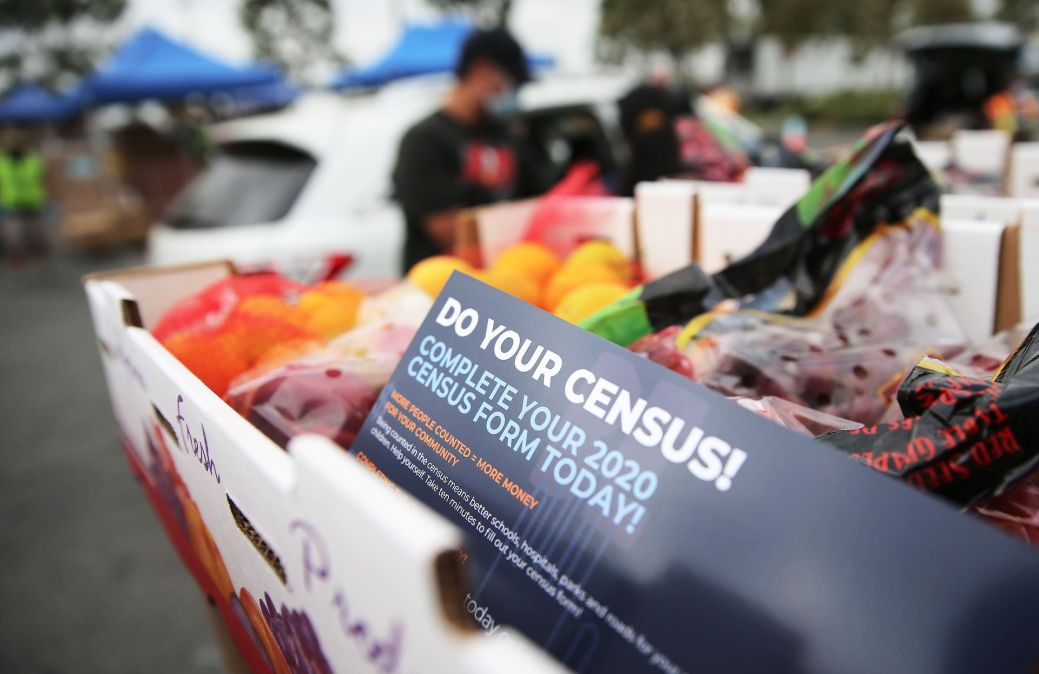Reviews of 2020 census data show undercounts of some demographic groups, overcounts of others

The 2020 census produced a total U.S. population count that was generally in line with expectations, according to two official reviews released Thursday, but there were undercounts of several demographic groups.
The census “undercounted the Black or African American population, the American Indian or Alaska Native population living on a reservation, the Hispanic or Latino population, and people who reported being of Some Other Race,” the Census Bureau said Thursday. “On the other hand, the 2020 Census overcounted the Non-Hispanic White population and the Asian population.”
The 2020 count — labeled by officials as the first “online census” — faced numerous stresses on its IT infrastructure, in addition to the challenges that came with a global pandemic, natural disasters and hangups within the Trump administration, including efforts to add a citizenship question and stop the count earlier than planned. Among the new technology was an iPhone app that enumerators used when trying to count the homeless population.
The count of Black or African American population had an undercount of about 3.3%; the shortfall for the Hispanic or Latino population was nearly 5%, and the American Indian or Alaska Native population living on reservations had an undercount of about 5.6%, the bureau said.
Meanwhile, there was an overcount of the non-Hispanic White population of more than 1.6% and an overcount of the Asian population of about 2.6%. “The Native Hawaiian or Other Pacific Islander population was neither overcounted nor undercounted according to the findings,” the bureau said.
The reviews were the Post-Enumeration Survey, which “estimates the population using a sample survey,” and the Demographic Analysis, which “estimates the population using vital records and other data.”
The census counted “323.2 million people who were living in housing units on April 1, 2020,” the bureau said.
The bureau will release more detailed information about the 2020 count later this year, including detailed breakdowns by state.






